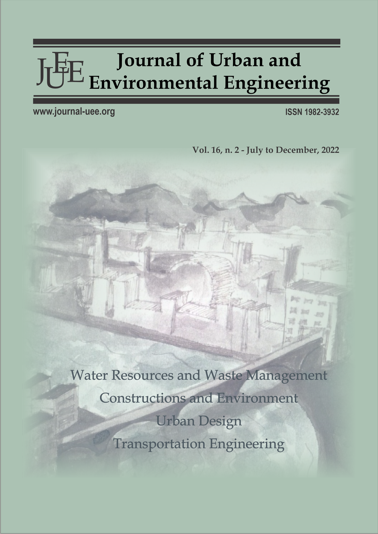GIS SPATIAL TOOLS FOR TRAFFIC ACCIDENTS: ANALYSIS WITH HEAVY VEHICLES ON HIGHWAYS IN RIO DE JANEIRO
Abstract
Allied to the incorporation of vehicles in the daily life of society, a relevant social problem emerges: traffic accidents. The impact of these events is such that they cost most countries around 3% of their Gross Domestic Product (GDP). In Brazil, a mostly road country, this network concentrates about 60% of the volume of cargo and 90% of the total passengers transported. When it comes to heavy vehicles, the situation is even worse, exposed to exhausting working hours, truck drivers work in an environment where risk, lack of security, road infrastructure and isolation can lead to greater accidents. In Rio de Janeiro, the vehicle fleet is growing and needs ways to control the risks of accidents. With the evolution of geotechnologies, georeferenced studies, Geographic Information System (GIS) have allowed the use of spatial statistical techniques and optimization for decision making. This work aimed to study GIS tools in the analysis of traffic accidents involving heavy vehicles on federal highways in the State of Rio de Janeiro. Maps with the regions with greater incidence and severity of accidents are highlighted. The work demonstrated the capabilities of GIS, in the light of current literature and methodologies, in the identification of critical points and, by using a database, the methodologies can be replicated, improved, or expanded in other regions.




